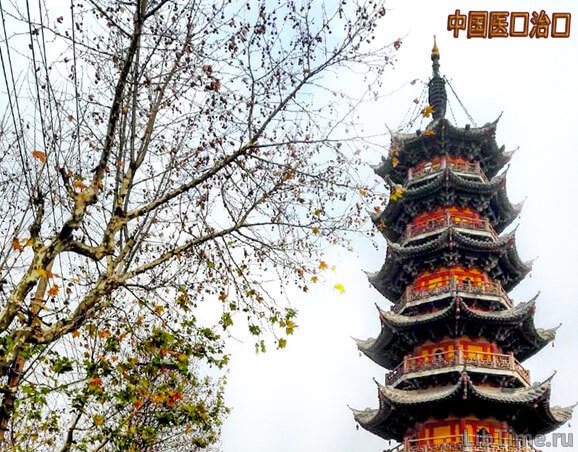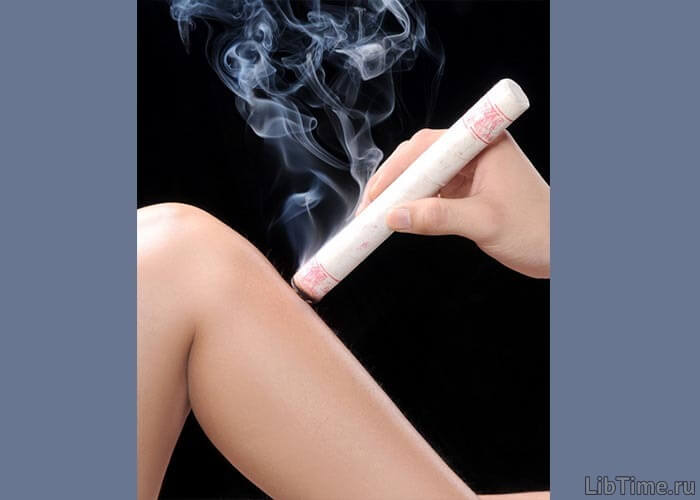Types of Chinese gymnastics
Various types of Chinese gymnastics can be observed by a person who has been in China for even the shortest time.
Gymnastic exercises
Every morning at a certain time, whether in the city or village, in the park or in the village square, people of all ages, in groups or individually, perform a kind of gymnastic exercise.
The Wu-chin-shi system of Chinese gymnastics is based on imitating the movements of monkeys, deer, bears, tigers and storks. Some exercises resemble dance with their smoothness, others - sharp, rapid - resemble the techniques of hand-to-hand combat.
National gymnastics
National gymnastics dates back to ancient times and is based on the techniques of traditional Chinese self-defense wu-shu. The literal translation of this word is the artoffighting. Some Chinese historians believe that wu-shu originated in the 3rd millennium BC, the purpose of its creation was to help master the most perfect hunting techniques.
But its original military-applied value wu-shu gymnastics lost a long time ago. Now it is used for training Chinese actors, dancers, circus performers, and for therapeutic and preventive purposes - representatives of national medicine. In the wu-shu system there are two main forms:
- external,
- internal.
External form of wu-shu
The external form of wu-shu consists of a set of exercises, in which the elements of offense and defense are clearly visible. Here prevail jerks, thrusts, jumps, sharp lunges. This type of gymnastics is a valuable means of general hardening and physical training of young people, developing such qualities as agility, strength, endurance, quick reactions.
It is this type, borrowed by the Japanese, served as the basis for them the famous system of wrestling jiu-jitsu, which uses, developed by the Chinese effective forms of hand-to-hand combat, based on a good knowledge of the anatomical structure of the human body.
Internal form of wu-shu
Both the external form of ancient Chinese wu-shu gymnastics and the internal form of wu-shu have several styles. And while the former emphasizes strength and dynamism of movements, the latter emphasizes rhythmic, plasticity, elasticity and elasticity. That is why all styles of internal gymnastics have a pronounced hygienic and health-improving character.
Mianquan style
The most widespread of them is the Mianquan style, which has earned the name gymnastics of old people, because they are engaged mainly in elderly people. Do exercises of internal gymnastics usually in the morning, sitting in bed and in the afternoon in the open air.
In this case, a necessary condition is to create a state called rest of the soul, achieved by complete disconnection from the surrounding and focus on the movements done. And their sequence and rhythmicity create a soft, gradually increasing, quite physiological system of strengthening the whole organism.
- In a sitting position, with half-closed eyes, the exercise begins with self-massage of the head, neck, abdomen, arms, legs.
- Then follows the imitation of the act of chewing food, circular movements of the tongue with closed mouth.
- Next - a series of exercises with upper and lower limbs, rotational movements in the lower back.
- Then an exercise for the eyes - fixing the gaze on the fingers of the hands that are separated, then approaching the face, then moving away from it.
Even Hua To (more details: Doctors of Chinese medicine) emphasized that gymnastic exercises help to improve digestion, good blood movement and prevent diseases. And this assessment as applied to internal gymnastics can be recognized as justified.
Its health-improving effect is based on increasing the tone of the central nervous system, increasing pulmonary ventilation, activation of the gastrointestinal tract and other favorable factors. Therefore, it is considered useful for a number of diseases associated with disorders of metabolism, circulatory disorders, respiration, nervous system.
Breathing exercises
Of considerable interest is respiratory gymnastics - an ancient Chinese method of treatment. According to a number of authors, it has a favorable effect in various diseases, including gastric ulcer and duodenal ulcer, stable constipation, gastroptosis, neuroderma, anemia and others.
Based on the use of breathing exercises on exercises and training of the chest muscles, so it is often called pneumotherapy.
The doctrine of pneumotherapy provides three ways of breathing, each of which has its own exercises. They are applied taking into account the individual state of the person. The very names of these methods give some idea of their essence.
- Calm breathing consists of slow free breathing through the nose;
- deep breathing prescribes to breathe calmly and for a long time, between the same time and gradually deepening inhalation and exhalation does not pause;
- breathing with counter movements means that when inhaling the chest rises up and the abdomen retracts, when exhaling the abdomen rises and the chest contracts (breathing should be even, slow, deep, long).
Calm breathing, as the initial exercise of pneumotherapy, is shown to people who are elderly and suffering from serious illnesses. For neurasthenics, people who do not concentrate well, deep breathing is recommended.
The method of breathing with counter movements is used comparatively less often, because at the beginning of its use there are unpleasant sensations and chest pain. But it is considered very effective in hypertension.
Methods of conducting breathing exercises
Breathing exercises are done lying on the side, on the back or sitting on a chair, on the floor. But, regardless of the position of the body, necessarily requires an environment of complete silence, calmness and comfort. Nothing should not distract the patient from the procedure. To this end, curtain the windows, try not to have anything unnecessary in the room.
Adopting the envisaged position, closing the eyes, focusing all attention on the intake of air deeper and deeper, the patient begins breathing exercises. Accompanying the inhalation and exhalation by raising and lowering the tongue, he to regulate their frequency should say in his mind one-syllable words. The phrase usually used is: "Tzu-ji-jing" (approximate translation: "the self needs calmness").
The first word is pronounced (in the mind) when inhaling, the second when holding the breath, the third - when exhaling. In the future, the composition of the phrase increases, gradually reaching 9 words, 7 of which fall on the time of breath-holding. An example of an exercise with the longest pause is the phrase: "tzu-tszi jing-tszo-shen-ti neng-tszyang-kang" ("yourself need to sit quietly and then you can be healthy").
Treatment with breathing exercises
An integral part of breathing exercises is the technique of concentrating on the lower abdomen. Chinese medicine interprets the different depths of breathing movements as the penetration of air first into the chest, then into the abdominal region, into the legs up to the knees, etc.
Its aim is to make the patient breathe with the lower abdomen, a sign of which is considered to be the appearance of a warming sensation in this part of the body. On about the twentieth day of the exercise it is recommended to transfer the concentration of thoughts even deeper - to the big toes. Already from this fact it is clear that the course of treatment of breathing exercises is very long.
And, indeed, we are talking about two to three months. The first five days of the sessions are carried out in the position of lying on the side 6 times for half an hour each. From the 5th to the 10th day, the sessions are increased to an hour. After that, sitting exercises are added to lying exercises, the time of which is also increased to an hour.
Starting from the 60th day the number of sessions in a sitting position is reduced from 6 to 4 times a day, from the 75th to the 90th day they are carried out 3 times, and lying exercises (half-hour) - 2 times a day (before breakfast and dinner). At the same time with exercises a certain dietary regime is prescribed.
Already in the first three or four days of breathing exercises, the patient begins to feel an increased appetite, and in accordance with his general well-being and the state of the body, he is assigned additional nutrition.
In case of serious diseases of the stomach or intestines, additional nutrition is prescribed in the form of liquid food. Four meals a day, according to the following scheme: at 6.30 am, at 10.30, at 16.00 and at 20.30. And after the 60th day (when the main effect of treatment has already been achieved), the additional food is gradually abandoned, leaving only the usual - 3 times a day.
Breathing exercises are quite widely used in China and nowadays. According to Jin Xin-zhun, he used breathing exercises for the treatment of gastric and duodenal ulcers in 150 patients. Recovery was recorded in 104 cases and improvement in 7 cases. No effect was noted only in 4 patients.
Liu-Gui Zheng, a great enthusiast of pneumotherapy, reports that this method has the following effect on the body:
- Digestion is improved, appetite is greatly increased, which in turn contributes to the patient's weight gain.
- Improves metabolism, increases the activity of internal secretion organs, there is an increase in saliva secretion, an increase in the amount of gastric juice, accelerated growth of hair and nails.
- The method helps to improve pulmonary ventilation.
- Contributes to the improvement of blood circulation, increases the resistance of the body.
All kinds of Chinese gymnastics are quite widely used in China and nowadays.


